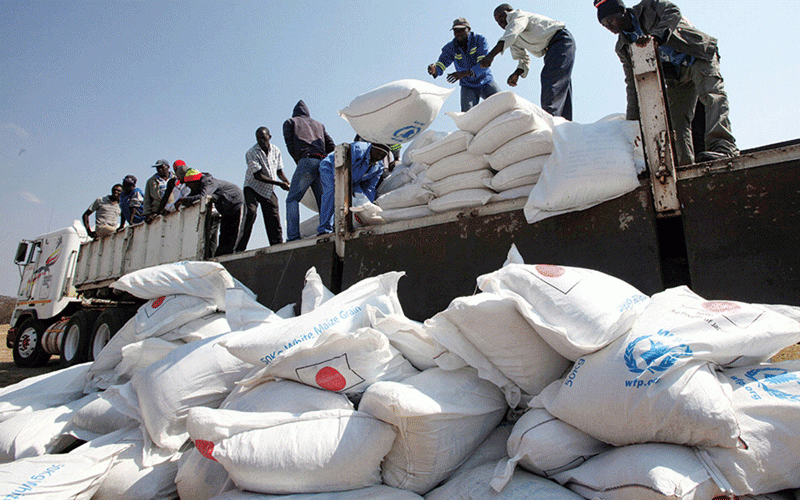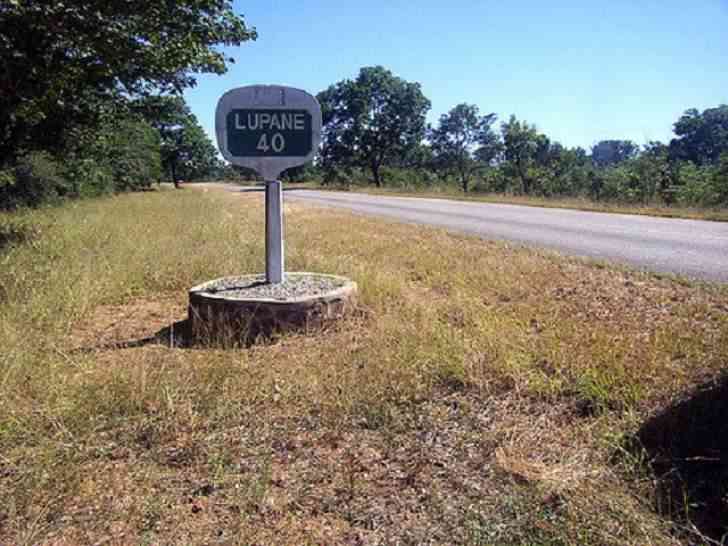
ZIMBABWEANS are in agreement that the past four decades have provided progress in education and health, but not in employment and economic growth.
Today nearly all Zimbabweans enjoy primary education, and about half reach “O” levels. Health facilities are available everywhere with excellent staff, but there are few drugs in these facilities.
The number of employed people, however, remains about the same as four decades ago. The number of private companies remains the same as four decades ago. The number of Civil Servants has, however, increased from about 87 000 in 1987 to 550 000 today, a sixfold increase.
Not surprising as mainly Whites were middle and senior civil servants before Independence, and now all teachers and other professionals are civil servants today.
The population has doubled from 7,5 million in 1980 to 15,1 million in 2022. Luckily some five million Zimbabweans have found work in the region or in Britain.
Under these realities it is clear that Zimbabwe has to seriously re-think its future economic policies to ensure that the national economy can increase in size to cater well for the doubling of the population.
The Zimbabwe government did very well in the first decade and a half after Independence, when it aggressively supported economic growth and Africanisation. However, in the mid-1990s, Zimbabwe, together with all sister African countries, accepted the Economic Structural Adjustment Programme, Esap.
Esap entailed cutting down on the civil service, which had just been expanded and Africanised. It entailed greater dependence on the private sector, which was still mainly owned and run by Whites, with very few Africans yet able to establish their own companies.
- Chamisa under fire over US$120K donation
- Mavhunga puts DeMbare into Chibuku quarterfinals
- Pension funds bet on Cabora Bassa oilfields
- Councils defy govt fire tender directive
Keep Reading
An immediate impact of Esap was the halting of economic growth that had characterised the earlier years. Depending largely on what had been achieved in the past was good, but not enough for the future of the country as a whole.
Moreover, in 2001 and renewed in 2018, the Zimbabwe Democracy and Economic Recovery Act, Zidera, was established by the United States of America based on the recommendations of the 1968 donor conference in Harare, attended by 48 countries.
This recommended stoppage of all donor and investments through international banks supported by the US. In addition, the conference also recommended that the President of Zimbabwe should not be-elected after the age of 70.
In the 2018 version, it added that the government should reject the Murambatsvina removals of the population. These recommendations covered a lot of areas, which the government did not agree with. Zidera had a powerful impact on the amount of donor funds available to Zimbabwe, which were estimated to amount to US$5 billion a year, mainly utilised for food and fertiliser.
However two decades later, the question now arises whether Zimbabwe can go ahead with its development of its plans and policies for its future economic development, without the removal of Zidera.
This is dependent on Zimbabwe acceding to the demands of the US Government, which so far it has been unable to do.
Recent reports on Zimbabwe’s Gross Domestic Product, GDP, indicates that its GDP has doubled since the 1980s. GDP was about US$10 billion a year in the 1980s, whereas in the last few years it has averaged about US$21 billion a year (Data from www.macrotrends.net.countries/ZWE/zimbabwe.gdp. GDP in 2018 US$21,83 billion; 2019 US$20,51 billion; 2020 US$28,37 billion; 2021 US$20,68 billion).
This increase was largely due to an increase in the export of unrefined miners such as diamonds and gold. Whilst the recent increase in the GDP should not be the only factor influencing Zimbabwe’s future, it is relevant to note that the average GDP is double what it was in the 1980s.
This should allow the State (what the Government is called) to utilise some of its own funds for future investment into the national economy. There is no need to depend on donor funds.
Worldwide, every State has invested into the growth and development of its own economy. This is particularly so in the early days of economic development, such as in Africa, when Independence was only possible recently.
However Zimbabwe, together with nearly all African States, agreed to accept the Economic Structural Adjustment Programme, Esap, in 1996, and stopped investing in its own economy directly.
Esap’s advice is that the private sector must invest in its own development through its profits.
Zimbabwe’s private sector was dominated by Europeans and excluded Africans for half a century before Independence, and these companies still remain powerful and dominant.
There is urgent need to increase the private sector by incorporating Africans into some of these companies, or starting new companies nationally, regionally or internationally.
It is well accepted that the private sector can play a large role in economic development, and this is so in Zimbabwe. The State can play a key role in supporting such private sector growth through policies as well as judicious and careful financial benefits.
It is of course important that the private sector retains its decision making powers for which it is well advantaged to do, but State intervention can remain modest but without taking over decision making.
The State can and should reserve a percentage of its GDP to economic growth, particularly to Agriculture and Industrialisation. Both are not developed to full capacity, whether it is the large scale modern sectors, or it is the traditional small scale and peasant sectors.
It is important to understand that the modern sectors have an important contribution to make to development.
It is also important to note that the majority of the population, probably more than 60%, are poor, and cannot afford to invest into such companies. It is important for the State to look at both faces of development.
Already the State has shown its interest in investing into newly formed middle class African companies. More recently it has also been looking at small scale agriculture, known as Pfumvudza Programme, which aims to provide land rights and equipment to small scale farmers.
This is a brilliant, and hopefully likely to be a successful programme for more than a million peasant and small scale farmers.
In terms of industrialisation, the State’s emphasis has been on companies. These are likely to be middle and upper class populations, as most small scale, rural and urban enterprises are not able to form companies and have reasonably sized bank accounts.
It is important that the State looks at the potential for the different income and professional groups.
Last but not least, Zimbabwe has to make its mark on its exports, and its nearest export and import markets are its neighbours. Presently Zimbabwe is more of an importer than an exporter of most of its food and other consumer needs.
Many of its neighbours are small, and would very much value closer partnership with Zimbabwe. Presently this is only done individually by private entrepreneurs known as “border traders”.
Instead these cross border traders should be seen as some of the most important exporters and importers for the country. Closer relationships with our neighbours can boost economic growth.
Zimbabwe has one very large and important neighbour, South Africa. Zimbabwe can become a colony of South Africa, or it can become a valuable partner of South Africa. At present it looks like it is more likely to be a colony, yet so much can be gained by partnership.
South Africa is economically and technologically much more developed than Zimbabwe. However it has a more difficult labour force.
Zimbabwe should follow the example made by China, which constructed factories and facilities in China’s local regions, and invited American companies to come and rent them.
These companies came with their managers and technologists, but of course utilising Chinese workers. That partnership has been very bountiful for both sides.
- Chung was a secondary school teacher in the townships; lecturer at polytechnics and universities; teacher trainer in the liberation struggle; civil servant and minister of primary and secondary education. These weekly New Horizon articles, published in the Zimbabwe Independent, are coordinated by Lovemore Kadenge, an independent consultant, managing consultant of Zawale Consultants (Pvt) Ltd, past president of the Zimbabwe Economics Society and past president of the Chartered Governance & Accountancy Institute in Zimbabwe (CGI Zimbabwe). — kadenge.zes@gmail.com or mobile: +263 772 382 852.







